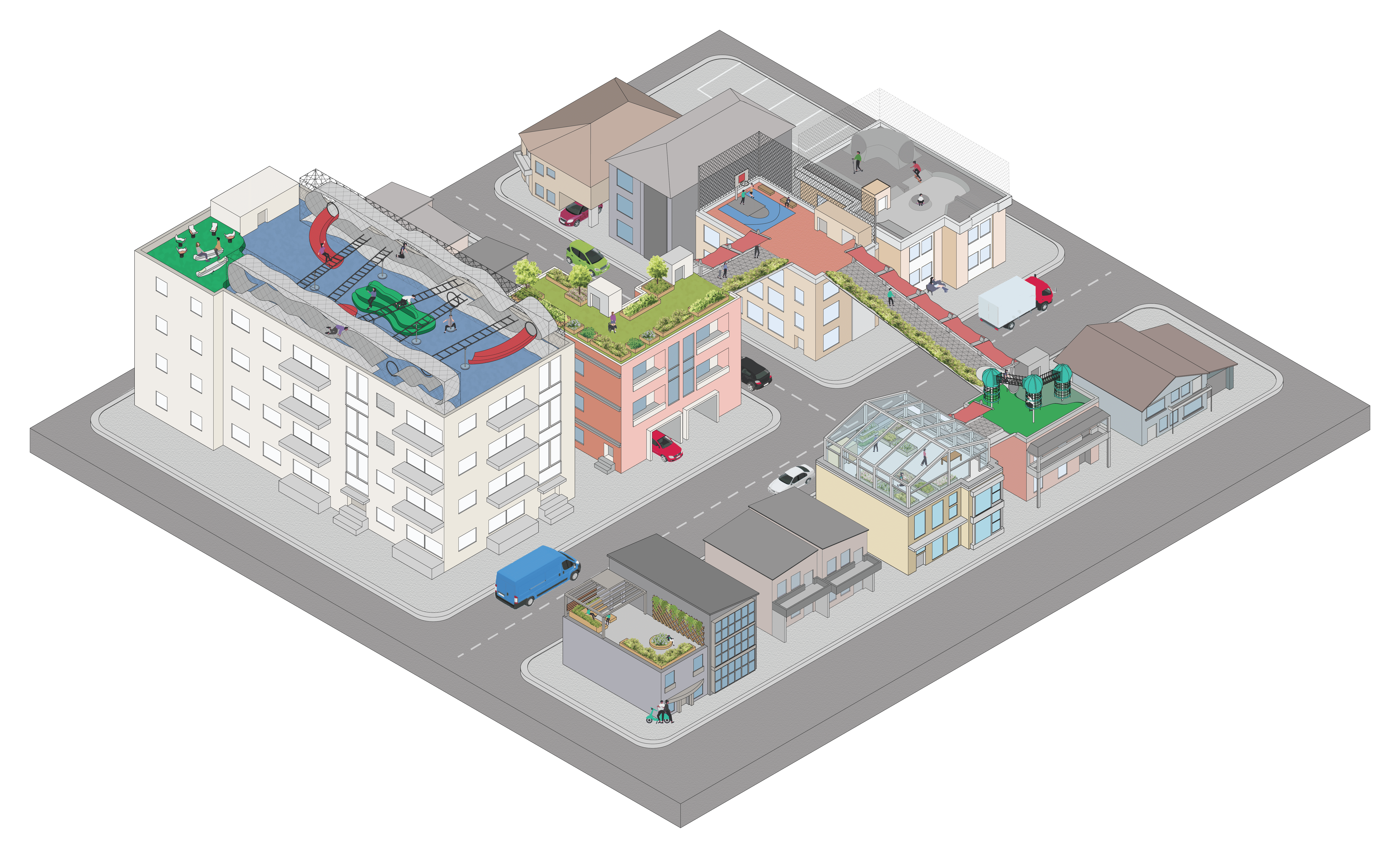The Future of Play
The question of where we play emerges in an future fueled by ever-evolving technology developments and expanding cities. People’s constant engrossment in technology based entertainment has changed the nature of how we relax and play, opting for tamer alternatives.
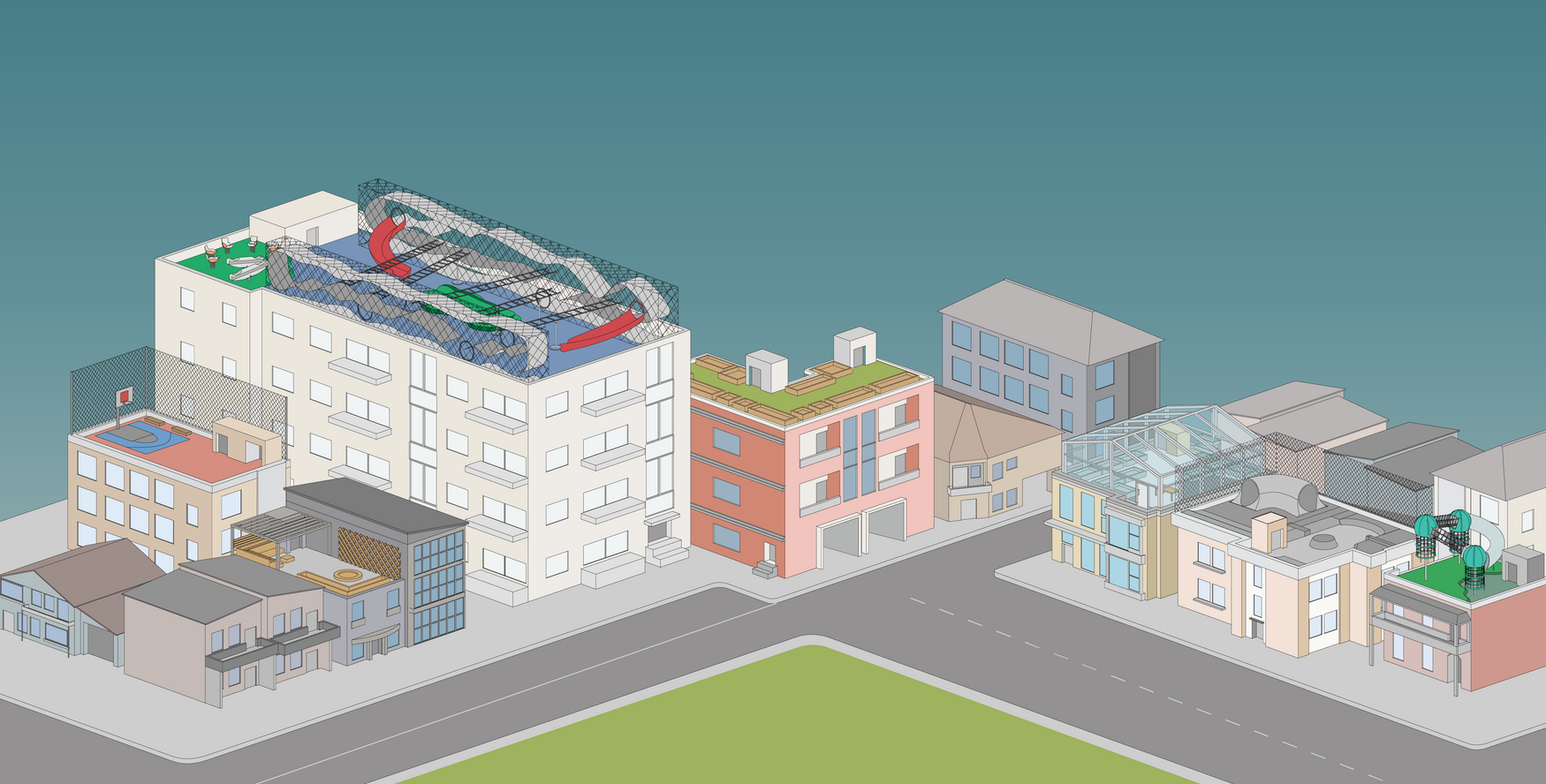
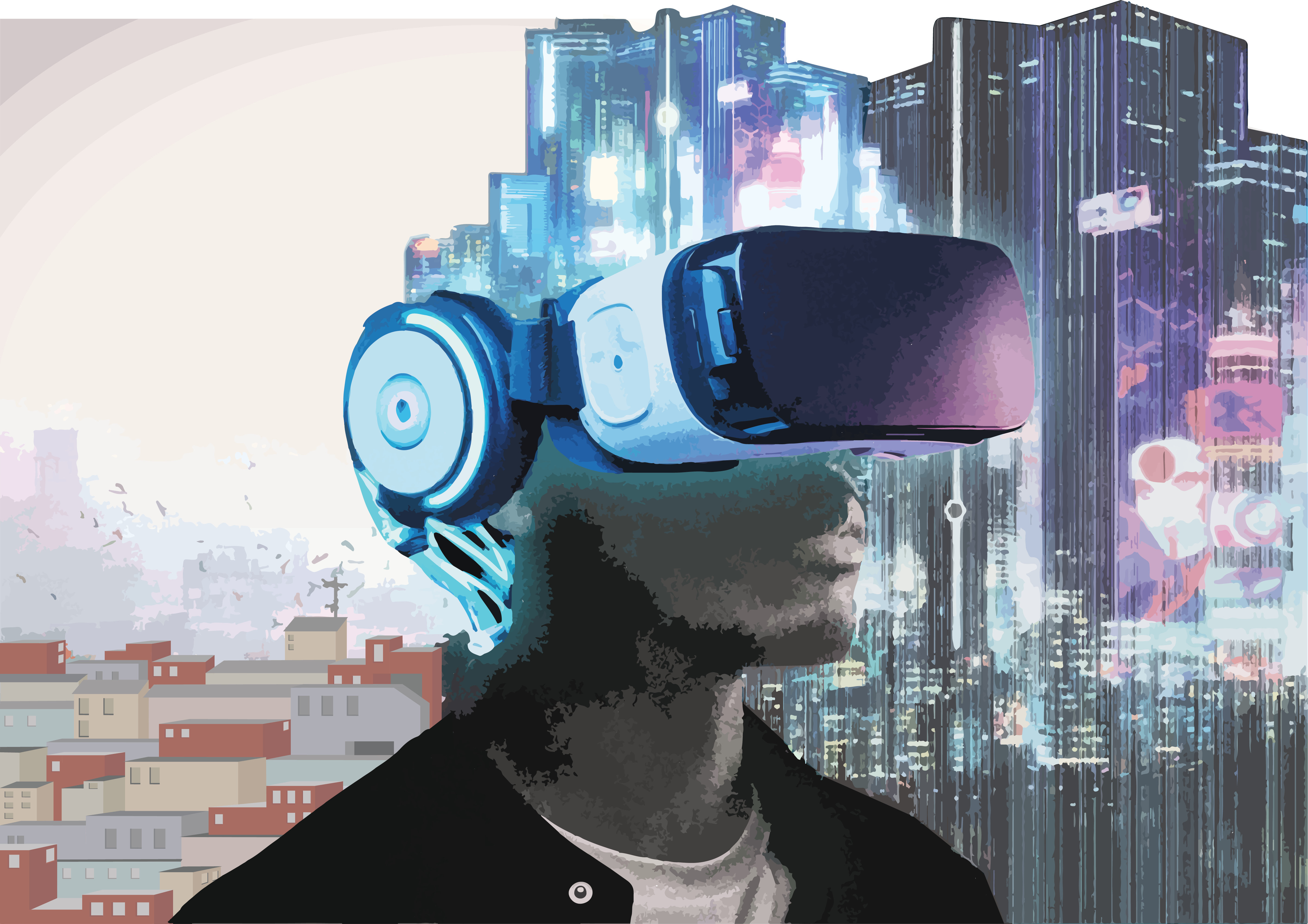
The Future of Cities
People’s absorption in immersive virtual worlds and constant online connectedness may lead to a detachment from serious real world concerns such as overcrowded and polluted cities.
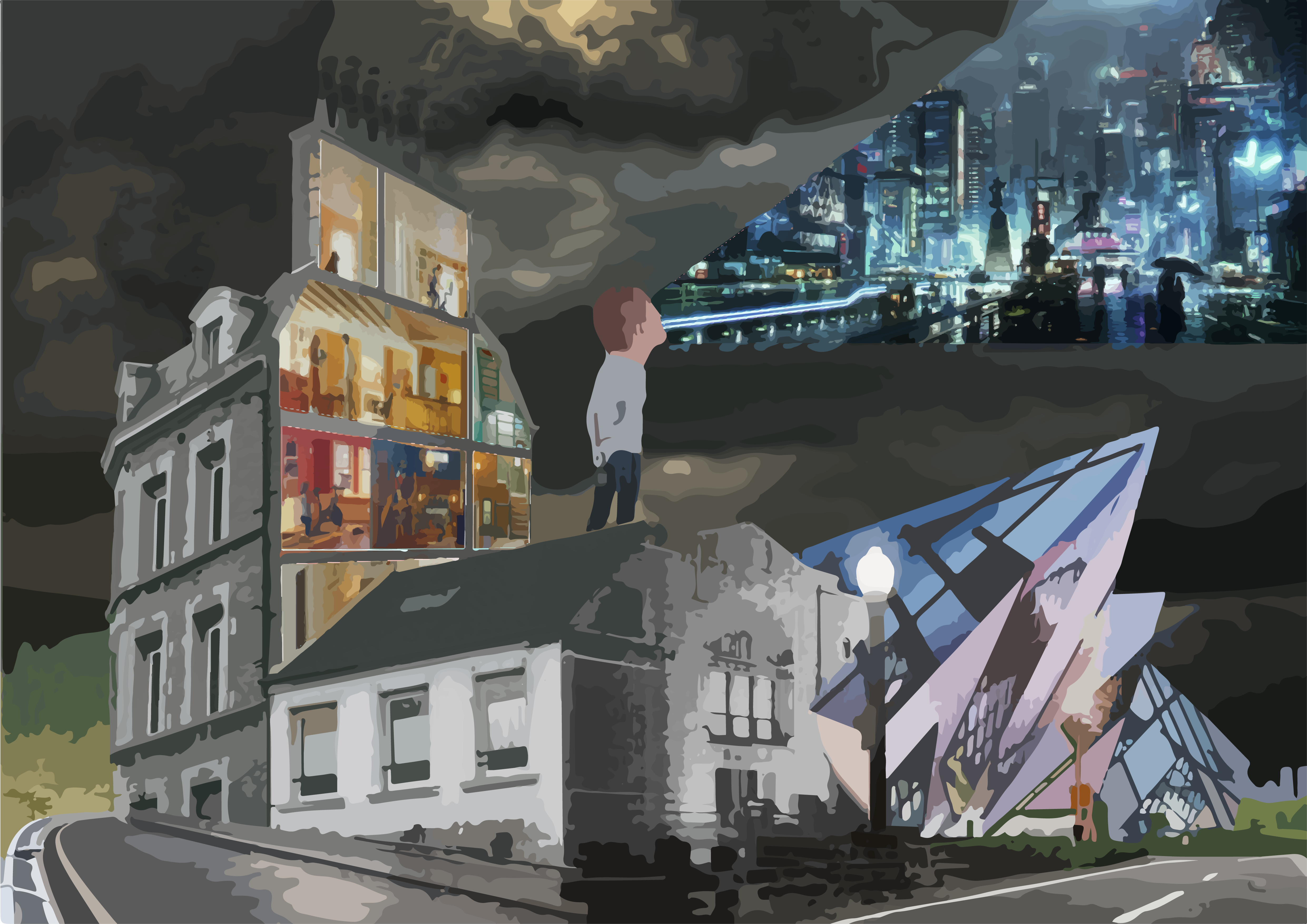

Utilising existing architecture to create public spaces for play on city roofs is a convenient alternative to the issues created by dense, overcrowded urban areas. Cities can easily develop social and natural spaces by building rooftops without further intruding on the limited ground level space.
WHERE DO WE PLAY IN OVERCROWDED CITIES?
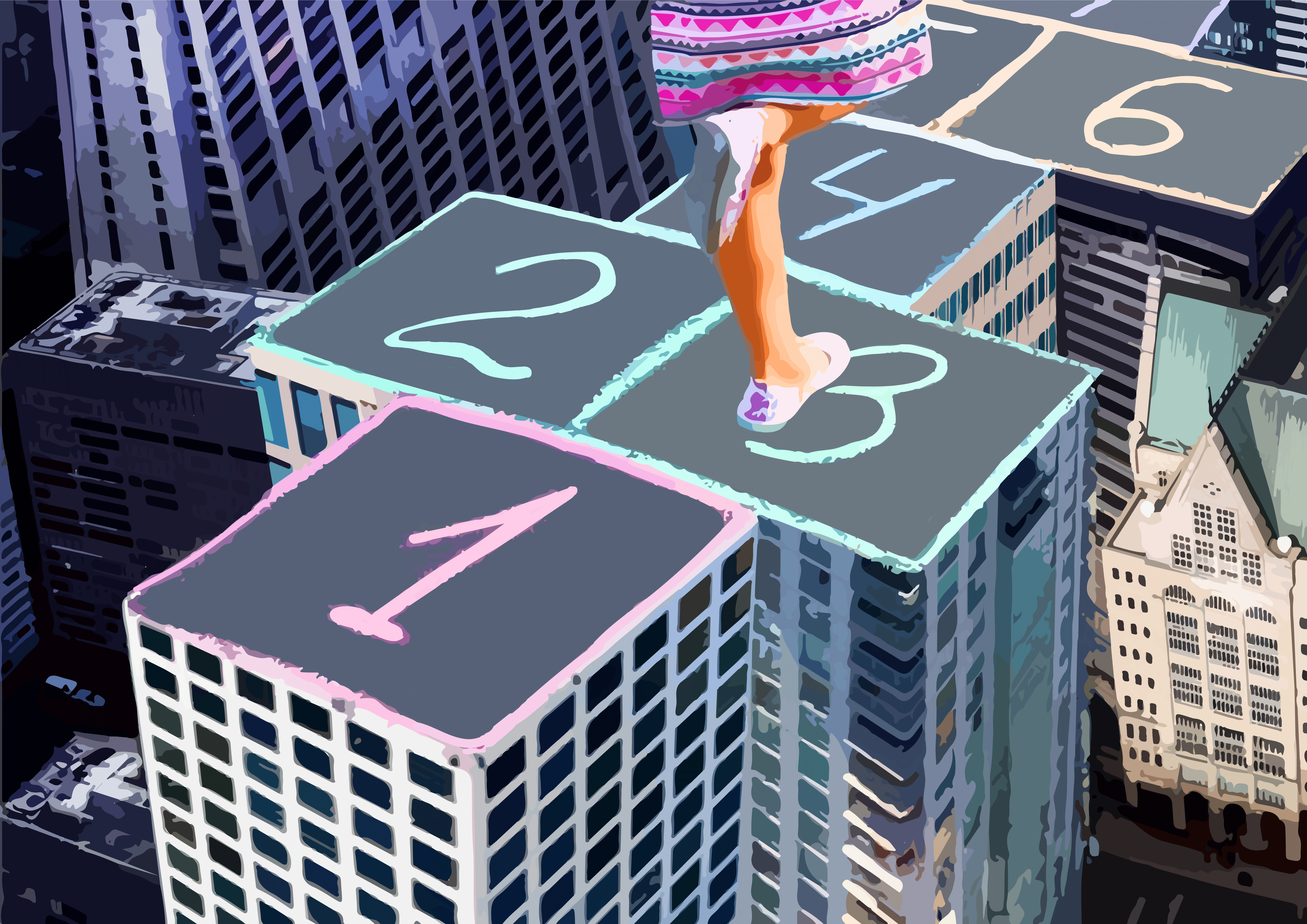
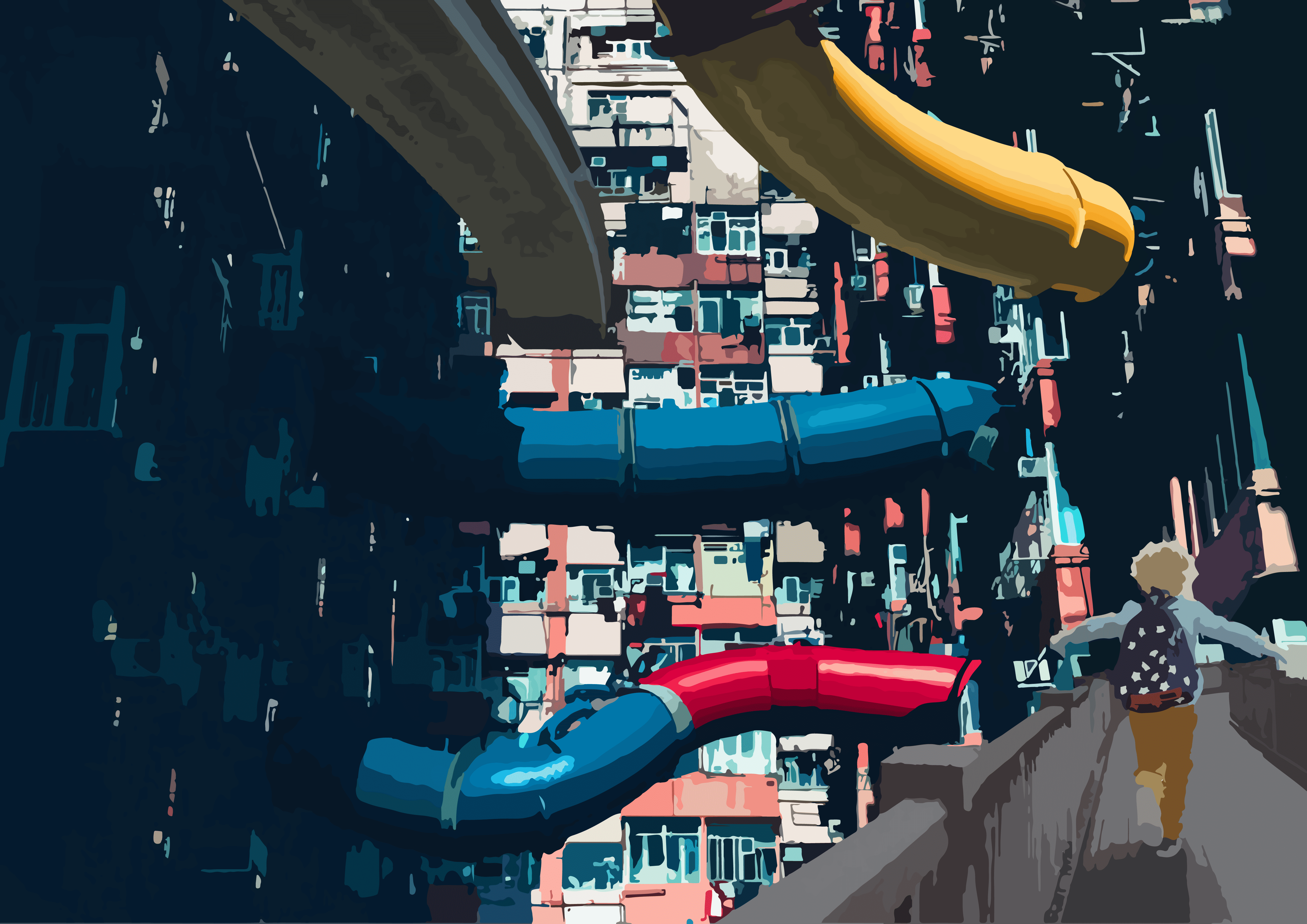
Technology has changed the dynamic of how we play. Offering easily available digital alternatives all while changing the processes of discovery and engagement into a tamer alternative.
SANTORINI
GUINIGI TOWER
LA PEDRERA
DUOMO

URBANISING CITY ROOFTOP ARCHITECTURE
In a future plagued by overcrowding cities and a shortage of space, transforming building rooftops into liveable spaces appears to be a feasible opportunity. By transforming existing rooftops into sustainable, green havens, this speculative idea has the potential to revitalise a variety of areas where people may live, play, and interact with nature.
.png)
VERTICAL PLAYGROUND
.png)
SPORTS CENTRE
.png)
SKATEPARK
.png)
GARDENS
.png)
GREENHOUSE
.png)
TERRACE
TRANSFORMING PLAY INTO POWER
These rooftop designs will also include playground equipment such as seesaws, rockers, and swings that harvest kinetic energy from play. This innovative approach combines traditional play with sustainability. These energy-generating equipment allow people to play while simultaneously generating power that can be used within the rooftop community.
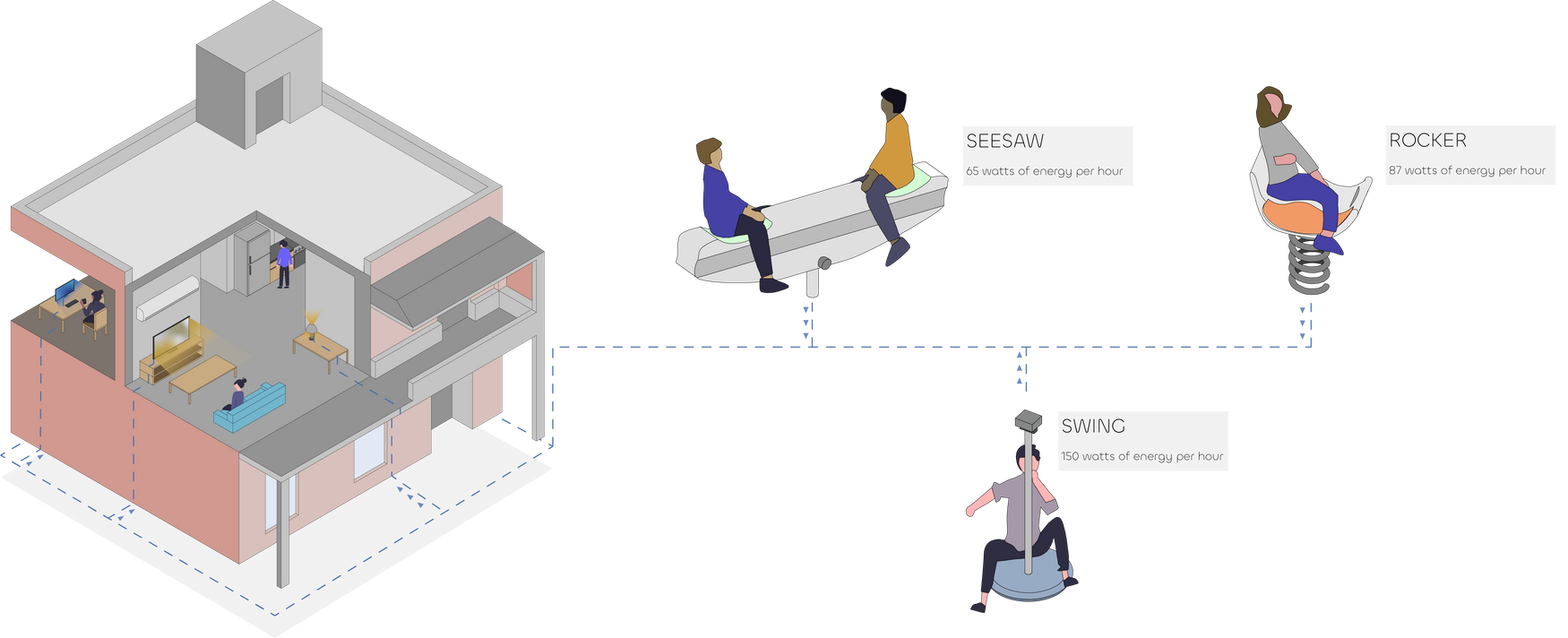
TRAVERSING OPEN ROOFTOP CITIES
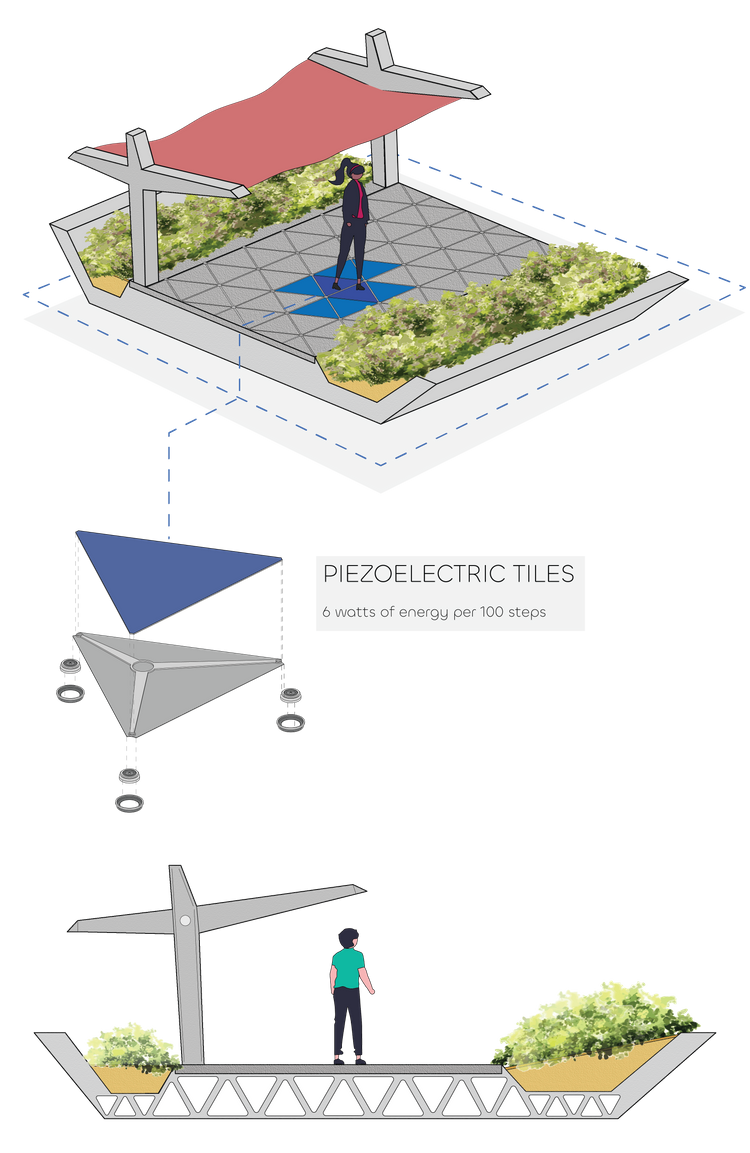

The concept of traversable walkways connecting city rooftops allows the people to find their way between different rooftop spaces, enhancing belonging and social interactions. This distinctive approach for urban connectedness can also create sustainable energy generation when equipped with Piezoelectric floor tiles. These are designed to transform mechanical pressure from footsteps into electrical energy, which can be used or stored for a variety of uses.
A CITY ON THE ROOFS
